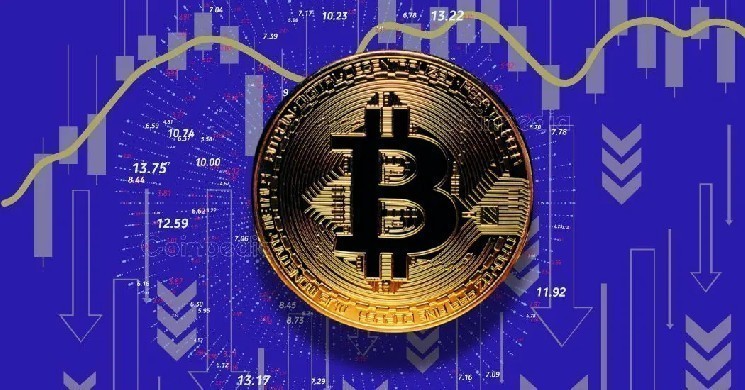A long-term power law model of Bitcoin price growth suggests that the digital asset appears to be in a “coiled spring” position that is about to be released, with the current trading range indicating future upside potential rather than downside risk.
Author and analyst Adam Livingston also leveraged the BTC power law, which puts BTC’s “fair value” at $142,000, suggesting that investors are likely to see the asset appreciate in the near future.
Based on the long-term power law model of Bitcoin price growth, this asset has significant potential energy remaining and is poised like a “coiled spring” to extract upside rather than downside risk. Rebel analyst and author Adam Livingston is a proponent of both Bitcoin and the power law, which suggests that Bitcoin’s “fair value” is close to $142,000, and believes the price is likely to rise.
The upper price limit for the major cryptocurrencies through December 31, 2025 is expected to be approximately $512,000, with a fair value price of approximately $142,000 and the lower end of the range coming just north of $50,000. According to Livingstone.
Livingston said the fact that the price has been “above” the fair value line since March 2024 is rare and indicates that a Bitcoin explosion is imminent. Historically, he pointed out, every time Bitcoin reached its current level relative to a long-term power law, it was either undervalued and experienced a huge rally, or experienced a brief decline below this band before rebounding for an even stronger move.
Bitcoin market shows resilience amid decline
Bitcoin has seen wild price swings this year, including several sharp liquidations and a sharp selloff last month, dropping it below its recent benchmark of $100,000. The decline shook investor confidence and led to sharp reductions in price expectations across the industry.
Tallying the flow of funds, ETP institutional investors have been receiving flows over the past few weeks. Miners whose break-even point doubled during the most recent halving are choosing to hold onto more of the Bitcoin they mined rather than selling it on the open market, which is often a sign of future price increases.
During that time, long-term holders hit near all-time highs, a sign of accumulation rather than outflow activity. Analysts said the recent decline has not caused widespread panic selling and noted that the market appears to be showing a trend toward more patient positioning.
But not everyone is convinced we are on the rise. Some large banks have updated their forecasts after the October selloff and subsequent shift in market sentiment to a risk-off position.
As market dynamics continue to mature and new investment stories emerge, Galaxy has adjusted its end-2025 price forecast from $180,000 to $120,000.
Cathie Wood’s Ark Invest also revised down its long-term forecast, cutting about $300,000 from its previous target. Wood pointed to the increasing use of stablecoins as digital stores of value in emerging market countries, a role previously held by Bitcoin.
Stablecoins, which replicate the US dollar on a blockchain, are gaining popularity in countries experiencing high inflation, currency instability, and banking crises. Wood argues that this is suppressing grassroots demand for Bitcoin as a type of “digital cash” in combat zones.
Markets oscillate between fear and confidence
The gap between power law-like models and more cautious models reflects broader tensions within the market. YAnd long-term Bitcoin accumulation continues.
As global regulations become clearer, major mining companies are consolidating and doubling down on investments. And Bitcoin’s macro backdrop, including sovereign debt clouds and long-term inflationary pressures, also supports a bullish view of Bitcoin as a hedge.
Livingstone argues that similar dynamics have occurred before in history. For now, the market remains subdued, but the underlying tensions are rising, and it appears that the “spring” that was not fully released in 2020 is starting to coil again.








